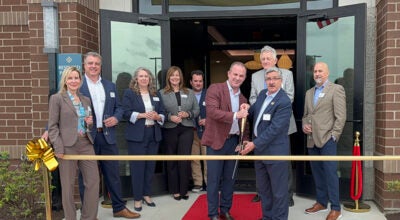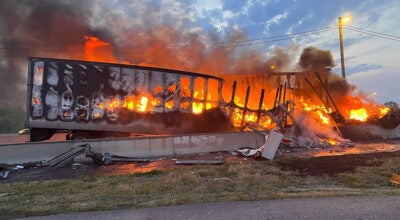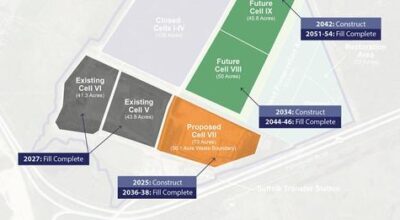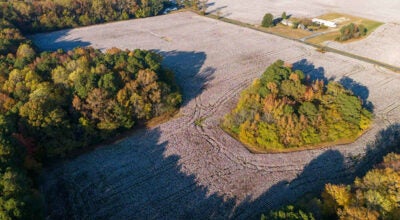Big job ahead
Published 8:37 pm Saturday, May 2, 2015
Interim PDCCC president describes challenges
By Cain Madden
Special to the News-Herald
Just a few weeks into his new job, Dr. William C. Aiken is still in the meet-and-greet phase.
It won’t last long, though, as the interim president of Paul D. Camp Community College has only 15 months to right the ship for his yet-to-be-chosen successor.
The challenges are significant.
First, he has to stem the tide of declining enrollment, which creates financial problems for the college. Paul D. Camp is 25 percent down from its enrollment peak, a decline that outpaces the average seen around the commonwealth.
Simultaneously, he must address PDCCC’s strategic plan to determine how the college can better serve the community through curriculum and programing.
Aiken also faces the challenge of resurrecting the morale of a largely part-time staff, following the widely unpopular leadership style of the man he is replacing, Dr. Paul Conco. Conco was ousted three months before his planned retirement date at the end of June.
“I’m going to try and approach this as open as possible, and I hope it will work to my advantage as we work forward,” Aiken said. “I’ve met with the staff, and we’ve talked about addressing the issues. The faculty has been very welcoming to me.”
He also has some hard rumors to address. Will the Suffolk campus or the Smithfield center close? Will there be a merger with Tidewater Community College?
“I’ve spoken to the [Virginia Community College System] chancellor, and he told me his intentions are not to close the place down,” Aiken said. He then added firmly that neither Suffolk nor Isle of Wight would close. “Actually, there is a great opportunity for growth in Suffolk. I hope there will be growth at all three locations.”
Aiken’s permanent home is in North Carolina, where he was the president of Sampson Community College for 12 years. After retiring in 2012, he served as an interim president at two colleges, Haywood and Rockingham, which faced similar challenges as Paul D. Camp.
As part of the strategic plan, Aiken said there’s one thing he can pull from his previous experience, and that’s knowing a college’s strengths and the community at large.
“I’m a little surprised about the lack of focus on agriculture here,” he said, adding that he would like to have a partnership with an institution such as Virginia Tech.
He did something similar at Sampson, creating a partnership with North Carolina State University that benefited both schools and gave the community college a shining program to be proud of.
“We would often get students who might have gone to N.C. State because our facilities were better,” he said with a laugh.
Agriculture set them apart from other colleges, and Aiken would like to see Paul D. Camp Community College have a program for which it is similarly well known.
“We have not done a good job communicating to the at-large community,” Aiken said. “We have to figure out how to distinguish ourselves from other colleges. I don’t think that has happened here.”
Enrollment presents challenges, but a few ideas in play include developing the college’s relationship with the local schools, reaching children at a younger age and creating an enrollment team.
“We need to involve everyone in the enrollment efforts,” Aiken said. “I’m not talking about someone just going to college fairs. We need to build a relationship with the students — give a pitch on how close it is to home and all of the savings.
“If everyone could attract two to three students? We’d double our enrollment numbers over night.”
On a scale of one to 10, Aiken said PDCCC is at a 4.5. He’d like to bring it up to a seven during his tenure.
“If I could get it to a seven and know everyone is working toward making it a 10, I’d feel great,” he said.
Taking on an interim job requires someone who is wired differently, Aiken said.
“When I retired, I found that I still liked to work,” he said. “The interim thing is great — I do enjoy it. I’d like to think I’ve learned some things over the years that could be useful.”






